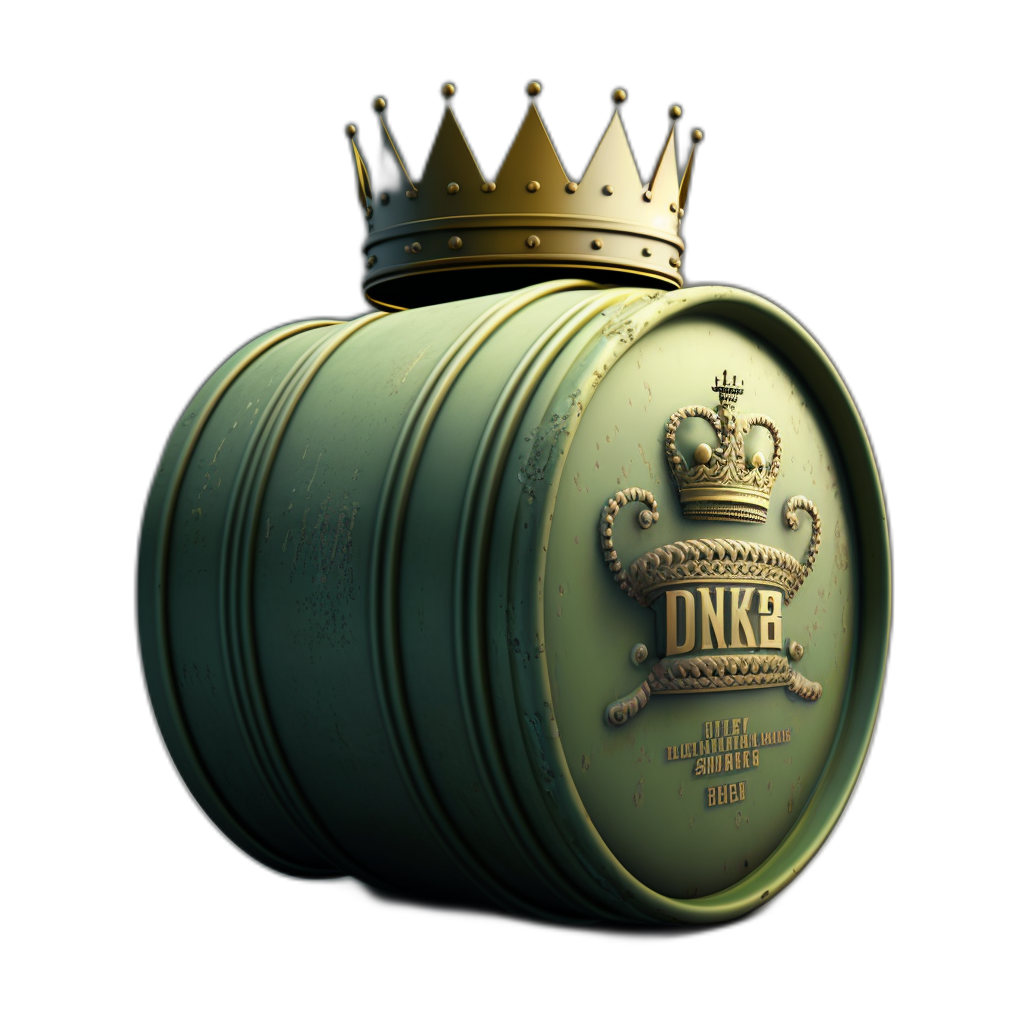Vodka, a versatile and widely consumed spirit, has long been a staple in bars and homes around the globe. Known for its clear appearance and neutral flavor profile, vodka is celebrated for its ability to blend seamlessly into a myriad of cocktails, from the classic martini to the modern cosmopolitan. However, amidst the growing health consciousness among consumers, questions about the nutritional content of alcoholic beverages, including the sodium content in vodka, have come to the forefront. This comprehensive exploration seeks to shed light on the sodium levels present in vodka and its implications for those monitoring their sodium intake.
The Composition of Vodka
Before diving into the specifics of sodium content, it’s crucial to understand what vodka is made from. Traditionally, vodka is distilled from fermented grains such as wheat, rye, or corn, though it can also be made from potatoes, grapes, and even beets. The distillation process is designed to purify the alcohol, removing most impurities and resulting in a spirit that is typically around 40% alcohol by volume (ABV).
Sodium in Vodka: The Facts
Contrary to popular belief, pure vodka contains negligible amounts of sodium. The distillation process, which vodka undergoes to achieve its purity and high alcohol content, also ensures that it is virtually free of sodium. This means that a standard serving of vodka (1.5 ounces or approximately 44 milliliters) contains less than 1 milligram of sodium, making it a low-sodium beverage option.
Why Sodium Content Matters
Sodium is an essential mineral that plays a crucial role in the body, helping to maintain fluid balance and supporting nerve and muscle function. However, excessive sodium intake is linked to an increased risk of hypertension (high blood pressure) and cardiovascular diseases. The American Heart Association recommends that adults consume no more than 2,300 milligrams of sodium per day, with an ideal limit of no more than 1,500 milligrams for most adults. Given the minimal sodium content in vodka, it is unlikely to significantly contribute to the daily sodium intake when consumed in moderation.
Vodka in a Balanced Diet
For individuals watching their sodium intake, vodka can be a suitable choice when enjoying alcoholic beverages. However, it’s important to consider the mixers and other ingredients that are often combined with vodka in cocktails, as these can significantly increase the sodium content of a drink. For example, commercially prepared mixers, tomato juice, and olives, commonly used in cocktails like Bloody Marys and martinis, can be high in sodium.
Tips for Low Sodium Cocktails
- Choose Fresh Over Processed: Opt for fresh fruits, vegetables, and homemade mixers instead of processed alternatives to keep sodium levels in check.
- Read Labels: When using commercial mixers, carefully read nutrition labels to choose low-sodium options.
- Simplicity is Key: Enjoying vodka in simple cocktails with fewer ingredients, such as a vodka soda with a squeeze of fresh lime, can help minimize sodium intake.
- Moderation Matters: Regardless of sodium content, moderating alcohol consumption is essential for overall health and well-being.
Vodka presents a low-sodium option for those looking to enjoy alcoholic beverages without significantly increasing their sodium intake. The inherently low sodium content in pure vodka, combined with mindful selection of mixers and ingredients, allows for the enjoyment of cocktails within a balanced, health-conscious diet. As with all aspects of nutrition and lifestyle, awareness and moderation are key. By making informed choices, individuals can enjoy the social and culinary pleasures of vodka and cocktails without compromising their health goals. So, the next time you raise a glass, you can do so knowing that vodka is a low-sodium spirit that can fit into a mindful and health-aware lifestyle.


